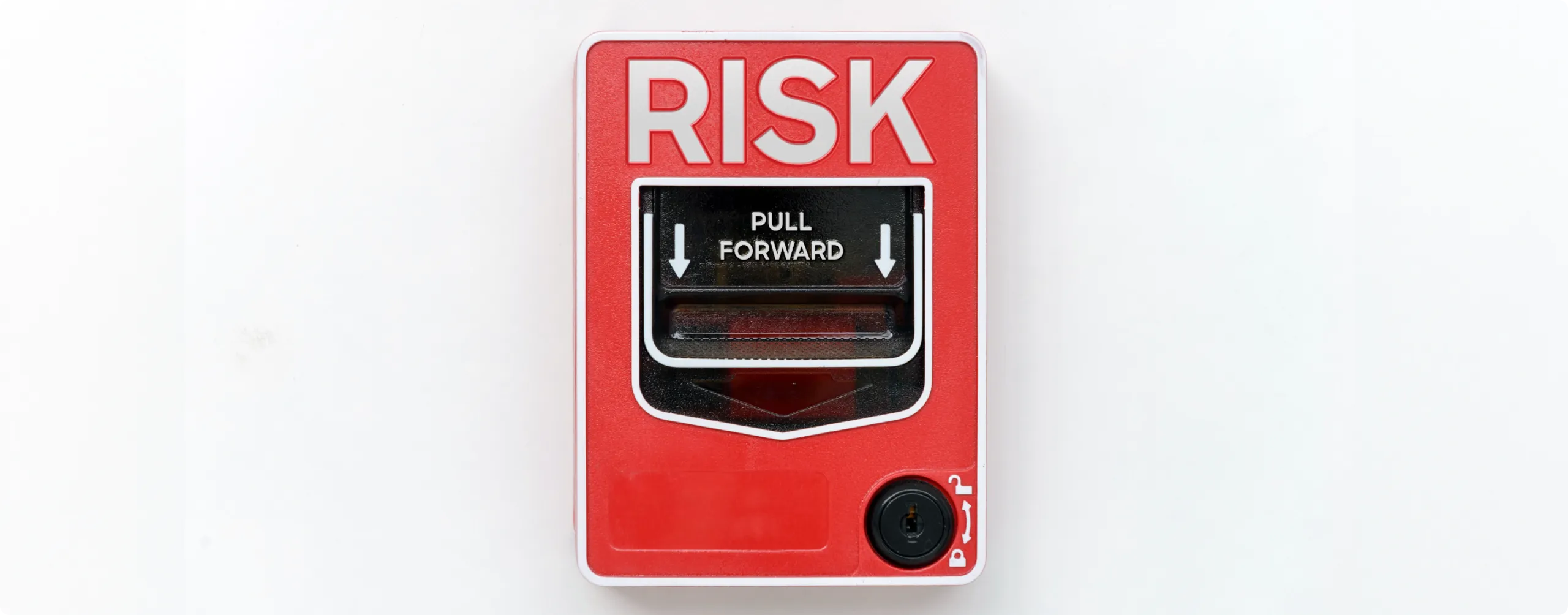You’re delaying product launches and we know why
Late stage product development delays are a systemic problem. And it’s because engineering teams don’t know how to pull risk forward during product development. Let’s change that.
GET A DEMO
90% of companies delay product launches due to late stage design changes.
Late stage product development delays, therefore, aren’t just a “your company” problem, they’re a systemic issue.
But the problem is not this systemic issue alone. It’s also the mindset surrounding it.
- Companies know they’re delaying launches due to late stage design changes.
- They know they should be doing something to mitigate late stage risk.
- They might even know they need to focus on improving early stage processes, like design review.
But they don’t know exactly what they should be doing to pull risk forward during product development. So, they don’t.
How to pull risk forward during product development
A recent survey of 250 engineering leaders gives us this answer.
- 90% of companies delay product launches due to late stage design changes.
- Most engineering leaders believe better design reviews would solve late stage errors.
- Most engineering leaders believe better design review tools are needed to prevent product development delays.
If we pool these results together, we see a direct correlation between better design reviews and preventing product launch delays. This correlation means engineering teams have a massive opportunity to pull risk out of the later stages of product development and into design reviews using a better design review tool.
The questions are: what is that design review tool and how exactly does it pull risk forward during product development?
A DES for better design reviews
During product development, engineers have CAD for product design and PLM for product data and record-keeping.
But, when it comes to interacting with people during product development– nothing. Or rather, no dedicated system. So teams lean on meetings, emails, spreadsheets and PowerPoint to conduct and track design reviews.
And as a result:
- Design cycles are slow
- Design errors slip through the cracks
- Late stage errors cause product development delays
- A lower quality product reaches the market
- RMAs and warranty claims slash gross margins
To avoid these risks, what engineering teams need is a purpose-built tool for bringing people together during design review.
That tool is a Design Engagement System, or DES. And CoLab is the DES selected by the world’s best engineering teams.
A DES pulls risk forward by bringing more people into design
For many companies, late stage changes occur because the right people did not see the right files at the right time. So companies find out too late that a critical component can’t be manufactured or an assembly doesn’t pass requirements.
With CoLab’s DES, engineering teams give anyone access to CAD or drawings in a secure, online portal. Invite people via email and in one-click, they’re brought directly into the review. From here, reviewers can leave feedback and participate in conversations in the context of the model or drawing.
By making it easy for more people to add critical design feedback before a design gets to prototype, engineering teams pull all that late stage risk forward.
A DES pulls risk forward by replacing sequential workflows with iterative reviews
Engineering teams struggle to get critical feedback because their process or PLM workflows require sequential steps. This waterfall approach is essential for hardware development, but does not apply to the process of design review.
Design review should be an iterative process where reviewers start and resolve many design conversations with many stakeholders in parallel. And a DES should facilitate this.
CoLab’s DES allows elastic exploration within 3D models, drawings and data packages. CoLab gives participants full control of their view states, how and when they enter a review, and how they interact with other reviewers.
By allowing for real-time or asynchronous feedback without a PLM license, CoLab pulls risk forward by letting reviewers participate in design reviews on their time. Not just when someone needs to pass the next step in a design review workflow.
A DES pulls risk forward by automatically documenting all design review issues
The way teams do design review today, critical feedback gets lost. It’s lost because teams don’t track one-off conversations, emails, Teams chats and post-its.
By comparison, a DES automatically tracks design issues the moment a reviewer leaves feedback.
CoLab’s DES captures every design comment as a unique object. Meaning as you’re leaving and responding to issues, CoLab tags, stamps and rolls those issues up into a running list.
This list elevates all your feedback, issues and decisions across the entire environment. So, you’re not just seeing your design feedback or the feedback from your individual review – you’re seeing feedback across 5, 10, 20 PD cycles.
This eliminates nearly any risk of late stage errors due to lost feedback. Meaning you pull that late stage risk forward into design review.
Ready to see how CoLab can pull risk forward for your team?
The best engineering team in the world choose CoLab as their DES to pull risk forward during product development.As a result, these companies have seen:
- 30% reduction in lead times
- 8 figures in annual cost savings
- 2x faster design cycles
Schedule a demo today if you’re ready to see how CoLab can pull risk forward for your team.


